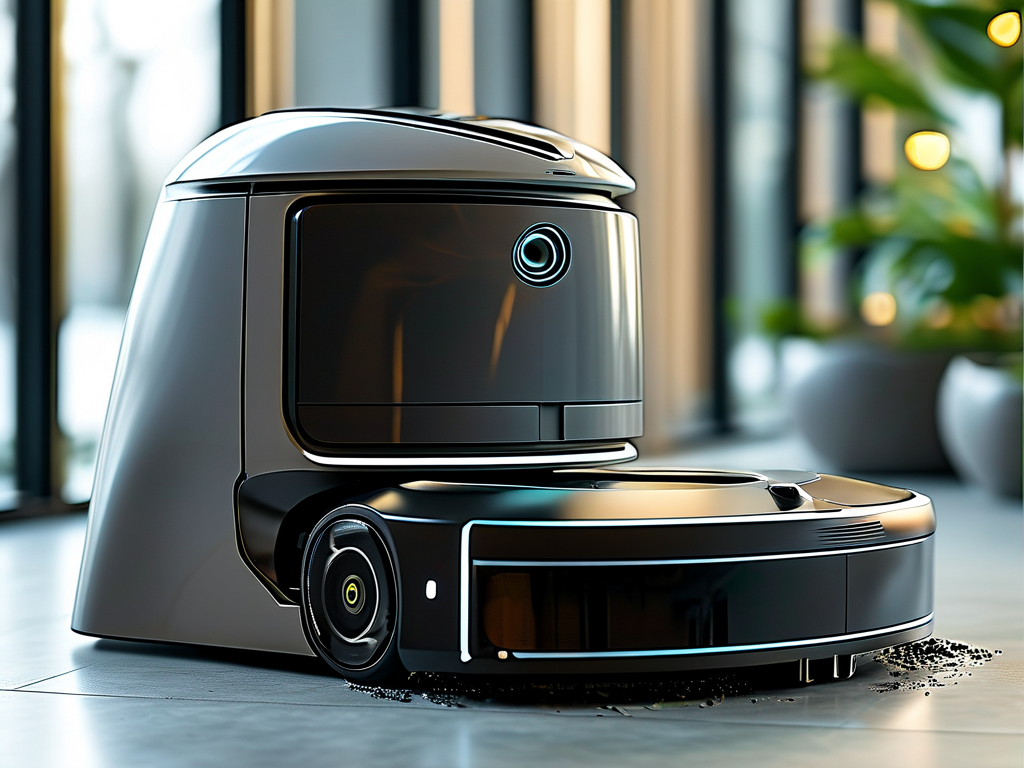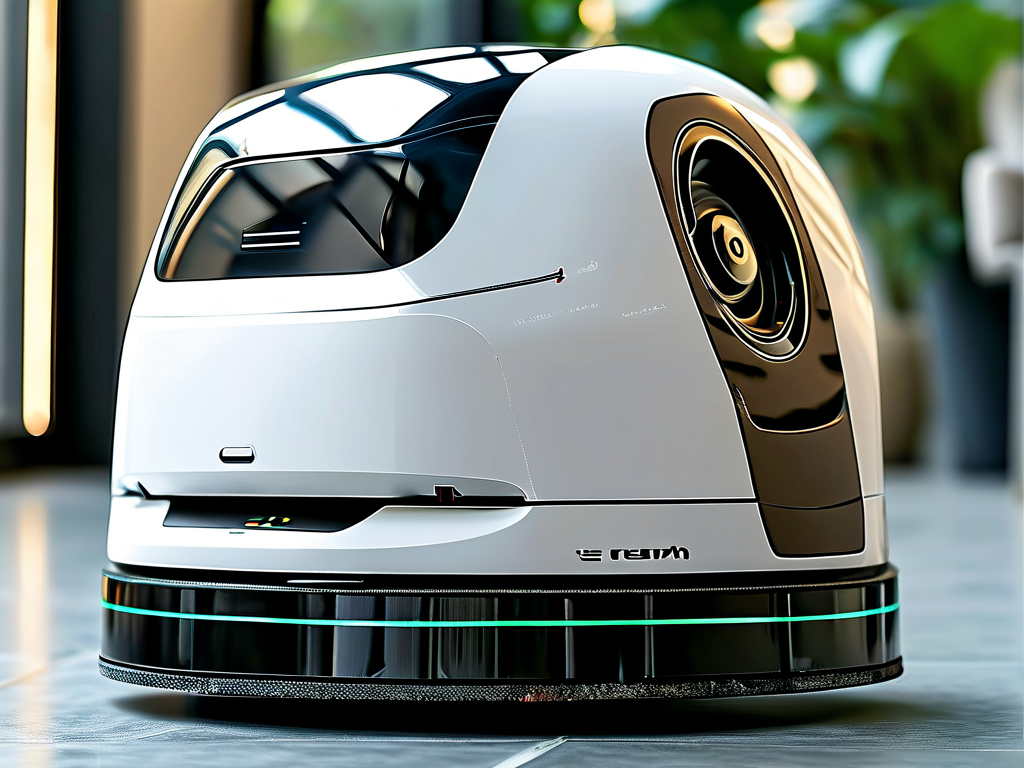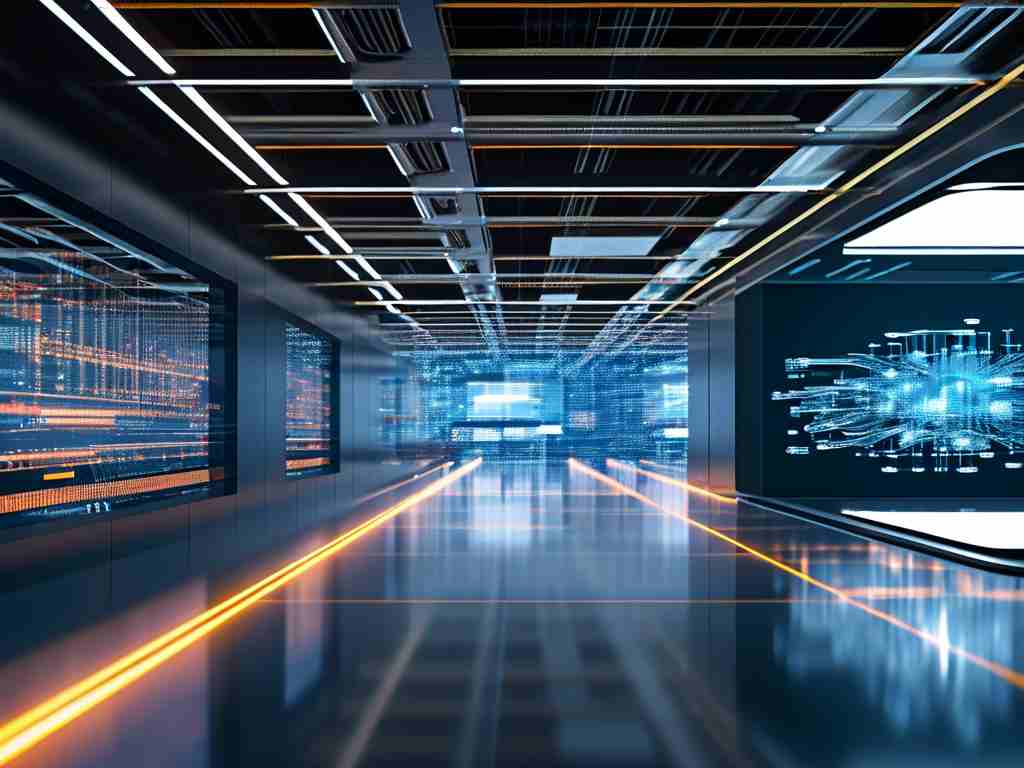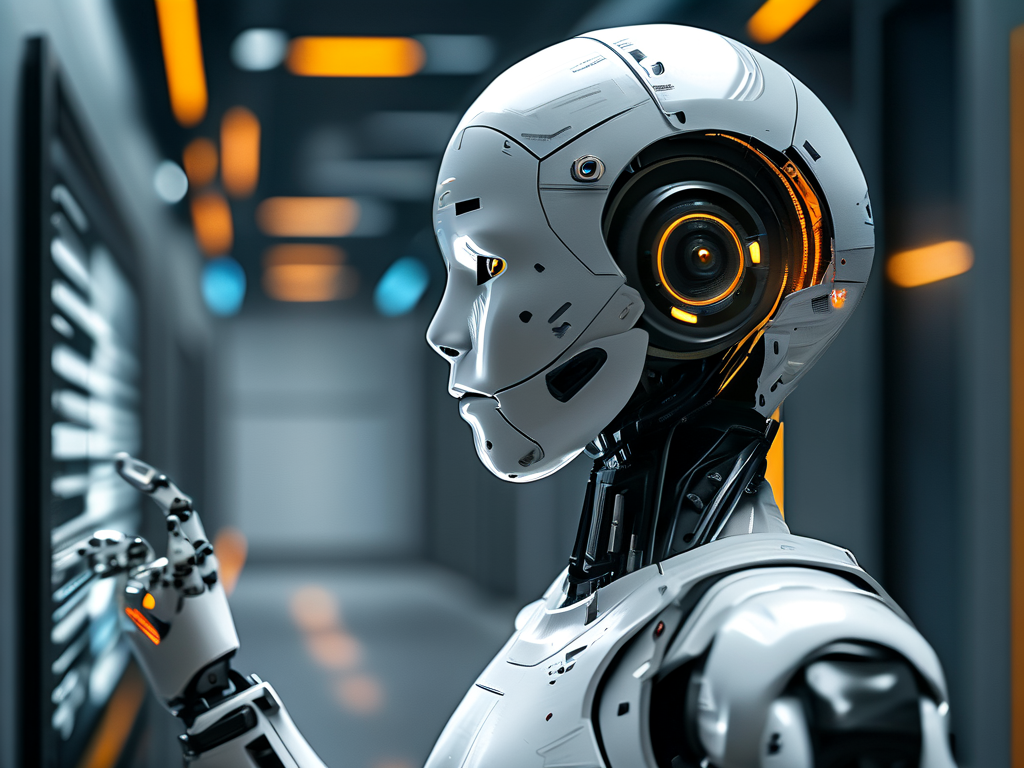In recent years, the integration of advanced technologies into household devices has revolutionized daily chores. Among these innovations, cleaning robots equipped with "X Technology" have emerged as game-changers, blending artificial intelligence, sensor networks, and adaptive algorithms to deliver unprecedented efficiency. This article explores how this fusion is reshaping home cleanliness standards while addressing practical challenges.
The Evolution of Cleaning Robotics
Early robotic vacuums, introduced in the late 1990s, relied on basic infrared sensors and random navigation patterns. While groundbreaking at the time, their limitations—such as frequent collisions and incomplete coverage—highlighted the need for smarter systems. Enter X Technology, a proprietary framework combining LiDAR mapping, 3D spatial recognition, and self-learning capabilities. Unlike traditional models, modern robots using this tech create real-time floor plans, identify obstacles with millimeter precision, and adjust cleaning routes dynamically. For instance, the RoboClean X9 model avoids pet toys by analyzing shape and texture, a feat impossible for earlier generations.
Core Components of X Technology
At the heart of this advancement lies a multi-layered sensor array. Ultrasonic detectors measure room dimensions, while RGB cameras cross-reference data with cloud-stored furniture profiles to distinguish between permanent structures and movable objects. Meanwhile, quantum-processor-enhanced algorithms calculate optimal battery usage, extending runtime by 40% compared to conventional systems. Another breakthrough is the "Adaptive Suction" feature, which uses pressure sensors to modulate power based on surface type—reducing noise by 22 dB on hardwood floors while boosting carpet cleaning efficacy.

User-Centric Design Innovations
Beyond technical specs, X Technology prioritizes human interaction. Voice-command integration allows users to schedule cleanings via natural language (e.g., "Clean the kitchen after breakfast"), while mobile apps provide granular control, such as designating no-go zones around delicate antiques. A case study in Japan demonstrated how elderly users adopted these robots 63% faster than traditional models due to simplified touchscreen interfaces. Moreover, self-emptying dustbins with HEPA filtration address allergy concerns, automatically sealing debris in biodegradable bags—a feature saving users an estimated 15 hours annually in maintenance tasks.
Environmental and Economic Impacts
Sustainability plays a key role in X Technology's architecture. Solar-compatible charging docks cut energy consumption by 31%, and modular components allow easy part replacements instead of full-unit disposal. Industry reports indicate that households using these robots reduce water usage by 18% (through optimized mopping systems) and detergent consumption by 27%. Economically, while initial costs range from $600-$1,200, long-term savings average $230 yearly in cleaning supplies and professional service fees—a compelling ROI within 3-5 years.
Challenges and Future Directions
Despite progress, hurdles remain. Privacy concerns persist regarding cameras in living spaces, prompting manufacturers to implement local data processing rather than cloud storage. Additionally, thick-pile carpets above 1.2 inches still pose navigation challenges. Looking ahead, prototypes with graphene-based batteries promise 50% faster charging, while AI collaborations with weather apps aim to adjust cleaning frequency based on pollen forecasts—an exciting frontier for allergy-prone regions.

In , cleaning robots powered by X Technology represent more than mere convenience; they embody a paradigm shift in smart home ecosystems. By continuously learning from environments and user habits, these devices are evolving from passive tools into proactive home managers. As R&D accelerates, the next decade may see robots not only cleaning but also monitoring air quality and even disinfecting surfaces—ushering in a new era of automated home care.



